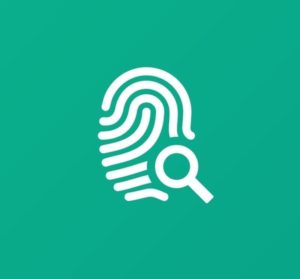The government of Nepal is hoping that its new National ID cards will help reduce the number of dead bodies that go unidentified or unclaimed within the country. The IDs will store a wealth of personal information, including biometric information that can be used to connect an unidentified body to the identity that that person had while they were still alive.

To that end, the Nepali House of Representatives’ State Affairs and Good Governance Committee has published new Unclaimed Bodies’ Management Guidelines, which specifically concern the Ministry of Home Affairs (MoHA). The Guidelines ask the Ministry to implement a new body reclamation system that identifies unclaimed bodies with fingerprint and iris recognition, and to accelerate the distribution of National ID cards to facilitate that goal.
As it stands, there are 1,089 unidentified or unclaimed bodies sitting in hospitals all over Nepal. The Committee is hoping that the new Guidelines will help bring that number to zero, and clear up some of the information discrepancies that currently exist within the system. In that regard, the Committee complained that the information from the attorney’s office often does not match the data from the local hospital or the Nepal Police.
The Guidelines also task the MoHA to create a new webpage (hosted on the Nepal Police website) to disclose information associated with bodies that have not been claimed. The bodies themselves should not be disposed of until biometric and DNA samples have been collected, while records associated with a criminal investigation should be kept for at least 20 years.
In November, Nepal’s Department of National ID and Civil Registration announced that it would be conducting an international tender as it searches for a printing and distribution partner for its National ID program. The government previously issued 117,000 cards as part of a 2018 pilot that was carried out in collaboration with IDEMIA.
Source: The Himalayan Times
–
April 20, 2021 – by Eric Weiss






Follow Us